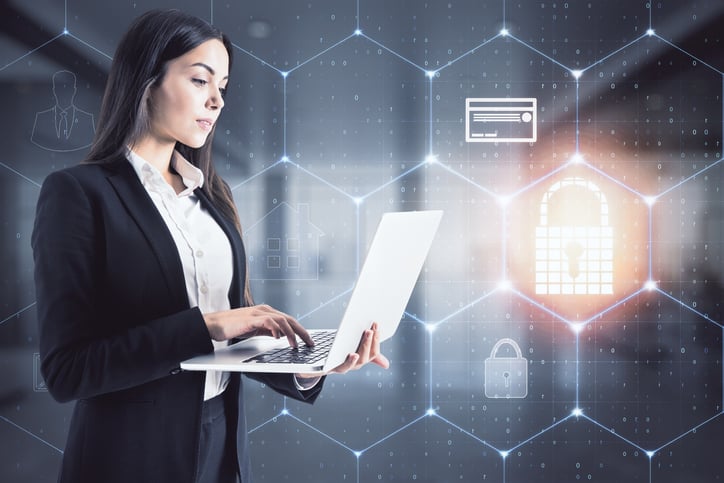With the rise of remote technology, almost all our working life is now spent online and in the cloud. Unfortunately, you cannot assume that your cloud service provider or cloud software partner is automatically taking care of your cybersecurity concerns.
In fact, when employing multiple cloud technologies, your vulnerable points (or "attack surface") is greater than ever, giving hackers new opportunities. Here are our top 5 tips for securing your cloud applications and infrastructure.
1. CLOUD SECURITY VALIDATIONA security assessment is essential for any business technology environment. As part of any assessment, it is imperative that you consider your security exposure when partnering with a cloud service provider. Companies like Amazon, Google and Microsoft offer a more secure environment than you can ever hope to build on-premise. But even though cloud service providers are terrific when it comes to protecting your data while in the cloud, they CAN'T protect you from opportunistic phishing and cyberattacks.
Moving to a cloud environment does not put the responsibility for securing your data in someone else’s hands. Cloud providers can make security features like firewalls, encryption and multi-factor authentication available, but it is up to you and your staff to make sure those technologies are engaged.
2. SECURITY IN LAYERSHackers can gain access to secure information by stealing employees' login credentials through social engineering techniques such as phishing, spoofing websites and other tactics. Once they have your user credentials, they can log into any cloud-based applications and services that you use every day to run your business.
First, apply security policies on your network. Policies should include limits for USB file access, enabling enhanced password policies and limiting user access. Most importantly, employ Multi-Factor Authentication (MFA), which adds an additional layer of protection to ensure that even if your password is stolen, your data stays protected.
A traditional username and password combination is often insufficient to protect user accounts from hackers. Stolen credentials are one of the main ways hackers gain access to your on-line business data and applications. In fact, most security experts will tell you that it is negligent if you DON'T implement MFA as part of your infrastructure as a service (IAAS) plan.
3. GUARDRAIL DATA ACCESS
The simple fact is that most employees don't need access to every application, every piece of information or every file. Setting proper levels of authorization ensures that each employee can only view or manipulate the applications or data necessary for him or her to do their job. Assigning access control not only helps prevent an employee from accidentally editing information that he or she isn't authorized to access, but also protects you from hackers who have stolen an employee's credentials.
And when employees leave your company, make sure they can no longer access your cloud storage, systems, data, customer information and intellectual properties. This is a crucial security responsibility that often gets pushed back days or weeks after someone has left.
4. PERSISTANT VIGILENCEReal-time monitoring and analysis of end user activities can help you spot irregularities that deviate from normal usage patterns. This includes activity like a log in attempt from a previously unknown IP address or device. These abnormal activities could indicate a breach in your system, so catching them early on can stop hackers in their tracks and allow you to fix security issues before they cause mayhem.
Mobile device security monitors and limits exposure from employees’ phones and devices, which are often not managed or protected by security software. In addition, employ industry-standard encryption to protect communications and data when in transit or stored on networked systems.
5. REINFORCE GOOD BEHAVIOR THROUGH EDUCATIONNo computer system is unhackable; but the more layers of cybersecurity protection between your systems and threat actors, the more difficult it will be to break into a computer network. Security awareness training is a powerful tool for reducing the risk of damaging cyberattacks. In fact, training lowers the chance of an incident like a data breach by 70%. This is why no cloud security program is complete without teaching your staff basic data security and offering web-based training solutions to help limit exposure to phishing and malware.
If you’d like to learn how to implement any of these security levels or want a security assessment or employee training, please reach out to the managed technology experts with Elevity.





%20cropped.jpg)




